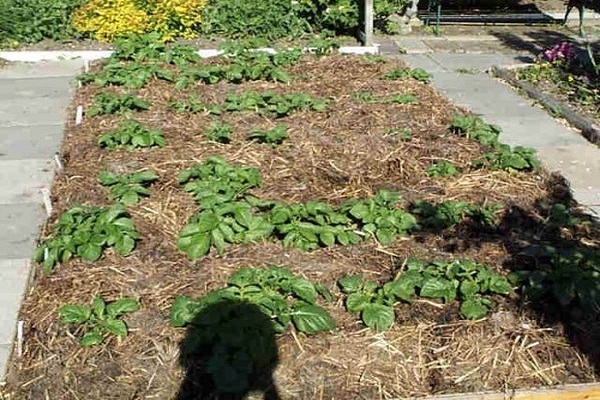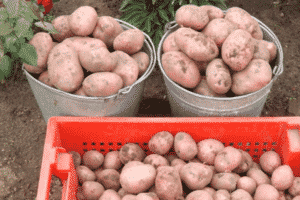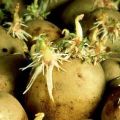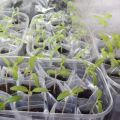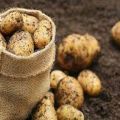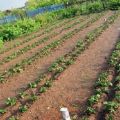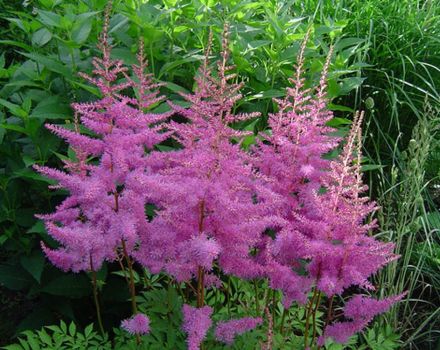Rules for growing and caring for potatoes according to the Kizima method
Summer residents work all day long on their plots. Each of them strives to get a rich harvest. Many people work very hard, leaving no time for themselves and personal concerns. Galina Kizima is a practicing gardener who for years has developed methods of growing various crops close to natural ones. Growing potatoes using the Kizima method is simple, just study it carefully and follow simple instructions correctly.
Who is Galina Kizima?
She is an ordinary person, at one time she even received the education of a physics engineer. But she soon realized that it was not hers, she began to do what she loved. With a small plot at her disposal, she realized how much the soil was depleting, so she decided to develop new ways of planting, caring for and growing plants.
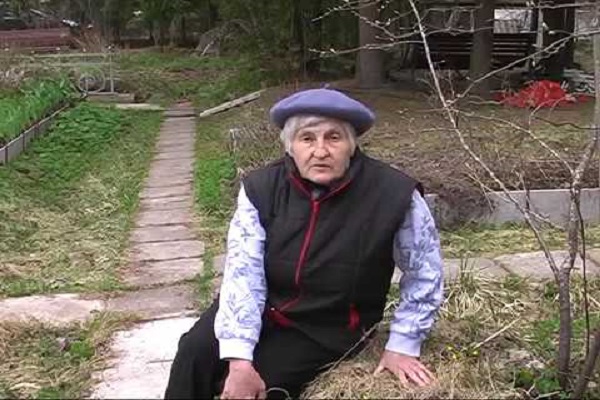
The basic rules of her techniques:
- Don't dig.
- Do not water.
- Do not remove weeds.
Excessive disturbance of the soil is not necessary, the plants already know what they need for growth and development. But you still have to work, the method is not so simple.
Galina has written many books for amateur gardeners. Her followers note the great benefits of advice, while skeptics continue to adhere to other rules in growing. Those who wish to learn something new and useful will find answers to many questions in her books.

Galina places great emphasis in her writings on pensioners who, for health reasons, cannot spend much time on the site. She tries to minimize the complexity of the usual process.
Landing features
Gardeners for years plant potatoes into the ground, fertilize and treat with chemicals. Galina Kizima is innovating in this regard, inviting summer residents to try to plant tubers in a compost heap on the surface of the soil. The beds do not need to be watered, weeded, fertilized. The potatoes themselves do not need to be buried or dug up. In addition, if necessary, you can take a small part of the crop, and the rest of the bush continues to grow and form tubers without visible damage.

The gardener-practitioner Kizima, took into account in her observations the peculiarities of the growth and development of the potato crop.
According to her method, potatoes are laid out directly on the ground, covered with mown grass or hay. As the bushes grow, the stems are covered with straw or weeds from another part of the site. In no case should the tubers be exposed. They will begin to turn green, accumulating substances harmful to the human body.
Skeptics consider this method unaesthetic, since from the side of the potato garden it seems unkempt. Galina herself advises to carry out a series of works in sequence:

- Preparation of planting material.
- Planting.
- Taking care of plants.
- Harvesting.
She spelled out each of the points in detail in her writings.
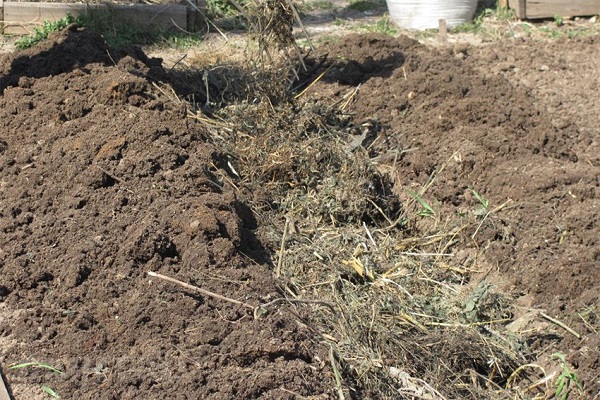
How to prepare potatoes for planting?
Preparatory work should begin 30-45 days before the expected day of disembarkation. Tubers the size of a chicken egg are selected. If the tubers are smaller, then they are put in 2-3 pieces to ensure the number of stems necessary for a normal harvest.
Potatoes must be germinated; at the time of planting, the sprouts should be 4-5 cm in length. First, the selected planting material is washed, then soaked in water, the temperature of which is +45 ⁰С. In it, the tubers are kept until the water cools down to + 18-20 ⁰С. At this point, a separately diluted solution of potassium permanganate is added. The water in the container with potatoes should turn slightly pink.
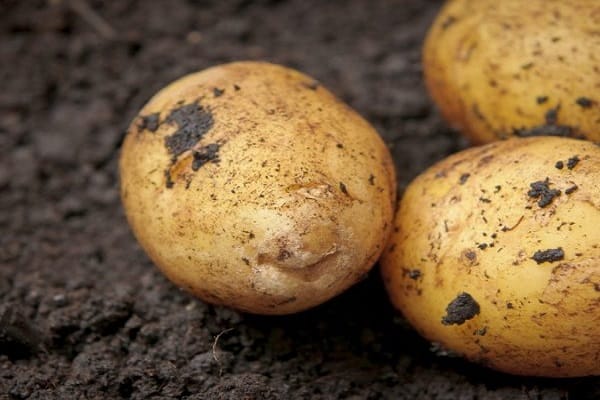
Leave the roots in the solution for 15 minutes. Then the water is drained and the tubers are washed. As an option, use Fitosporin. Dilute a weak solution and keep the tubers in it for 30 minutes. Then they are taken out of the water and dried. In this case, additional washing is not necessary.
The tubers are kept in direct sunlight for 21 days, greening, thus, the summer resident protects the potatoes from pests and rodents that are afraid of corned beef. It is produced under the skin of the tubers when exposed to the sun.
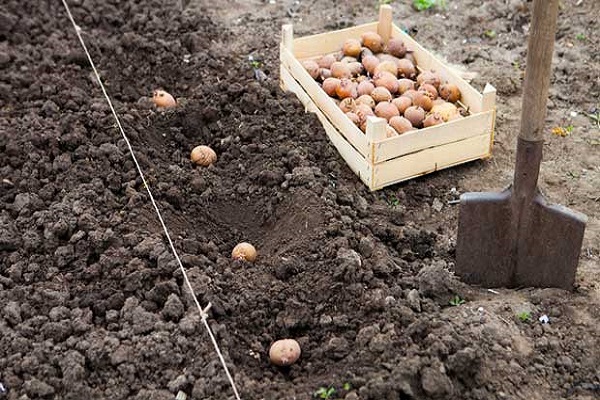
There are several options for this process, summer residents put jars of potatoes on the windowsill and constantly turn them. Or they put it on the newspaper on the windowsill.
The last stage in the preparation of planting material is germination. For this, the tubers are folded into a cardboard box. Spread out in one layer, covering with a newspaper, then the next layer of potatoes, then newspapers again, and so on as many layers as the container allows. The whole process will take 2-3 weeks.
Galina Kizima advises planting potatoes after the bird cherry blossoms.

Potato planting process
The peculiarity of the Kizima method is that the tubers are spread on the weeds. Make 2 rows, leaving a distance of 50 cm between them, and between the potatoes 20-25 cm. On each side of the edge of the garden leave 25 cm per 1 m, placing 4 tubers in each row. The resulting bed takes from 80 to 100 cm, the length is set by the summer resident.
Why is it so important to select tubers of a certain size. Potatoes that are too small will yield poor harvests. Too coarse planting material will develop powerful stems. Large root crops must be cut lengthwise into 2 halves. Let it rest for a few days, then powder with wood ash. Only then plant in prepared compost.

To increase the number of stems in 7 days, cut the skin in the middle of the potato with a thin strip across the tuber. This will help awaken the sleeping kidneys that are in reserve.
The site is selected on the sunny side, lack of lighting will lead to an increase in the green mass.
The final stage of planting is sheltering from frost. Dry and breathable material is used to protect potatoes. So that the wind does not blow away dry plant debris, hay or leaves are used with burlap or spunbond. In no case, not a film, this will lead to the fact that the covering material will start to squeak.
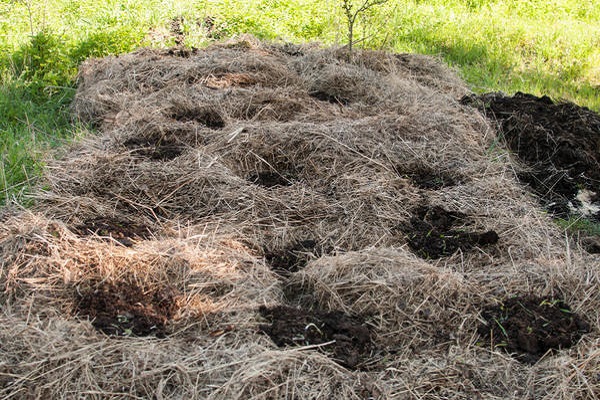
Follow-up care
Hilling potatoes is a familiar process for every summer resident, the same should be done with potatoes grown according to the Kizima method. The only difference is that they do it not with the help of land, but with weeds and plant residues.
When the threat of return cold has passed, the covering material is removed. And throughout the summer they closely monitor the beds. Since the compost gradually settles, young tubers become bare and begin to turn green, this cannot be allowed. It is necessary to constantly add, covering the lower part of the plants, without laying the emerging potato stalks.

Watering is not required, since when overheated, the liquid flows down to the root system, nourishing and moisturizing it. Do not be afraid of the appearance of weeds, they die under a layer of grass, even without germinating.
Planted potatoes are virtually maintenance-free. Except for the mandatory procedure for cutting off flowers and constantly adding a compost layer.
Galina recommends picking flowers for the reason that the bush throws all its strength into the formation of tubers, without being distracted by the formation of seed.

Harvest time
In order to orientate correctly, leave several flowers in different beds. As soon as the color begins to wilt, the potatoes are ready to eat. To collect the required number of tubers, the compost is pushed aside and only large roots are harvested, small ones are left untouched and give them the opportunity to grow a little more.
After the entire crop is harvested, the tops of the potatoes are not thrown away, leaving them in the garden, dried under the sun, and left for the winter.
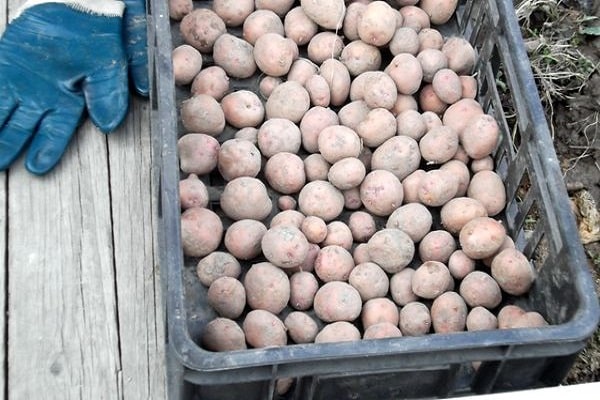
Advantages and disadvantages of the Kizima method
Skeptics find a lot of negative in this method, but in fact there is much more positive.
Technology advantages:
- High productivity.
- The tubers are large.
- No need to water, weed and fertilize.
- A minimum of effort and time.
- Maximum of useful substances.
- Tubers are harvested selectively, allowing small root crops to grow more.
- Harvesting is very easy.
- Saving money.
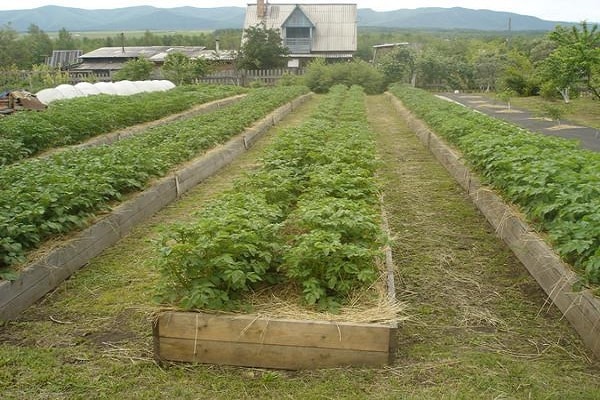
Minuses:
- Unattractive appearance of the beds.
- The possibility of developing diseases and pest attacks.
- In large areas, it is physically impossible to cut off the color.
- The larva of the Colorado potato beetle overwinters perfectly in the compost layer.
Sometimes you should try to do something new to see for yourself the effectiveness of the method. Grow potatoes according to this technique and evaluate its advantages and disadvantages.

Reviews of summer residents
A novice gardener seeks help from like-minded people. To do this, he visits sites and looks for comments from experienced gardeners. They say the following about the Kizima method:
- Grigory: “I have been growing potatoes for several years using her method. This is not to say that it is easy. But it works great yield increases, potatoes while clean. "
- Ekaterina: “I didn't like planting potatoes this way, the garden is like a dump. And you have to mess around a lot. "
Galina Kizima calls herself a "reasonable sloth" who, in order to save time and effort, devises more efficient ways of growing crops in small areas.
